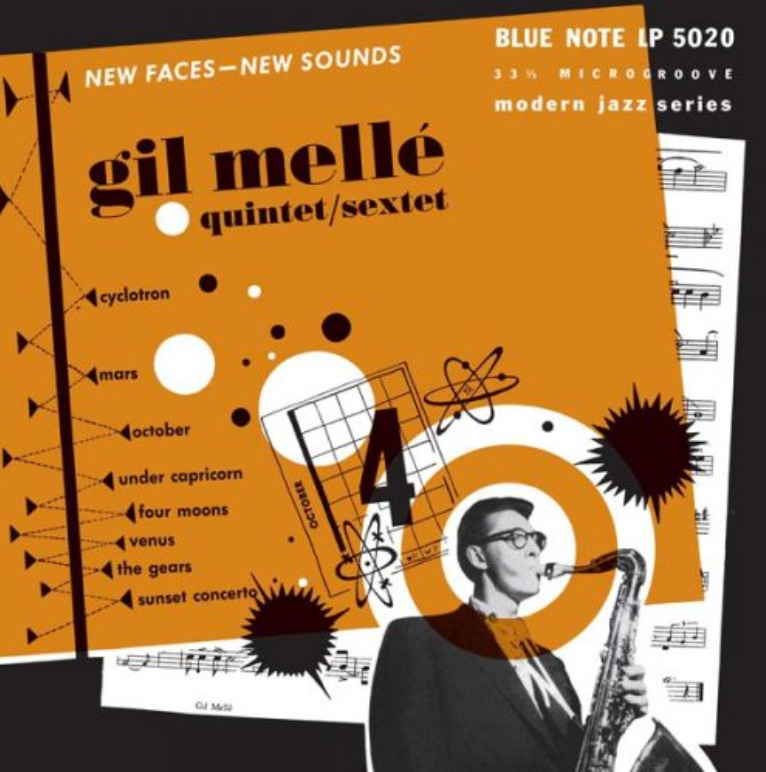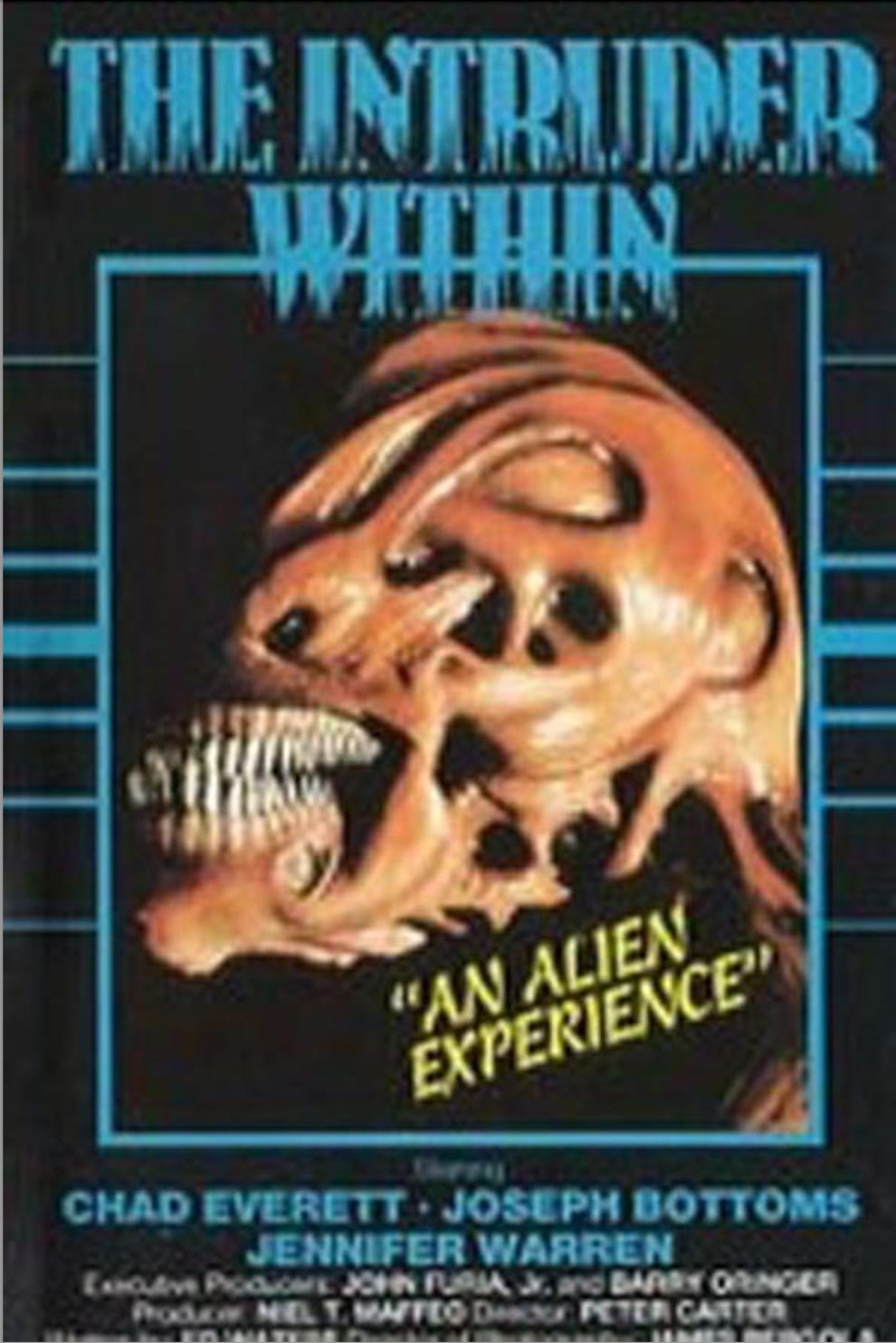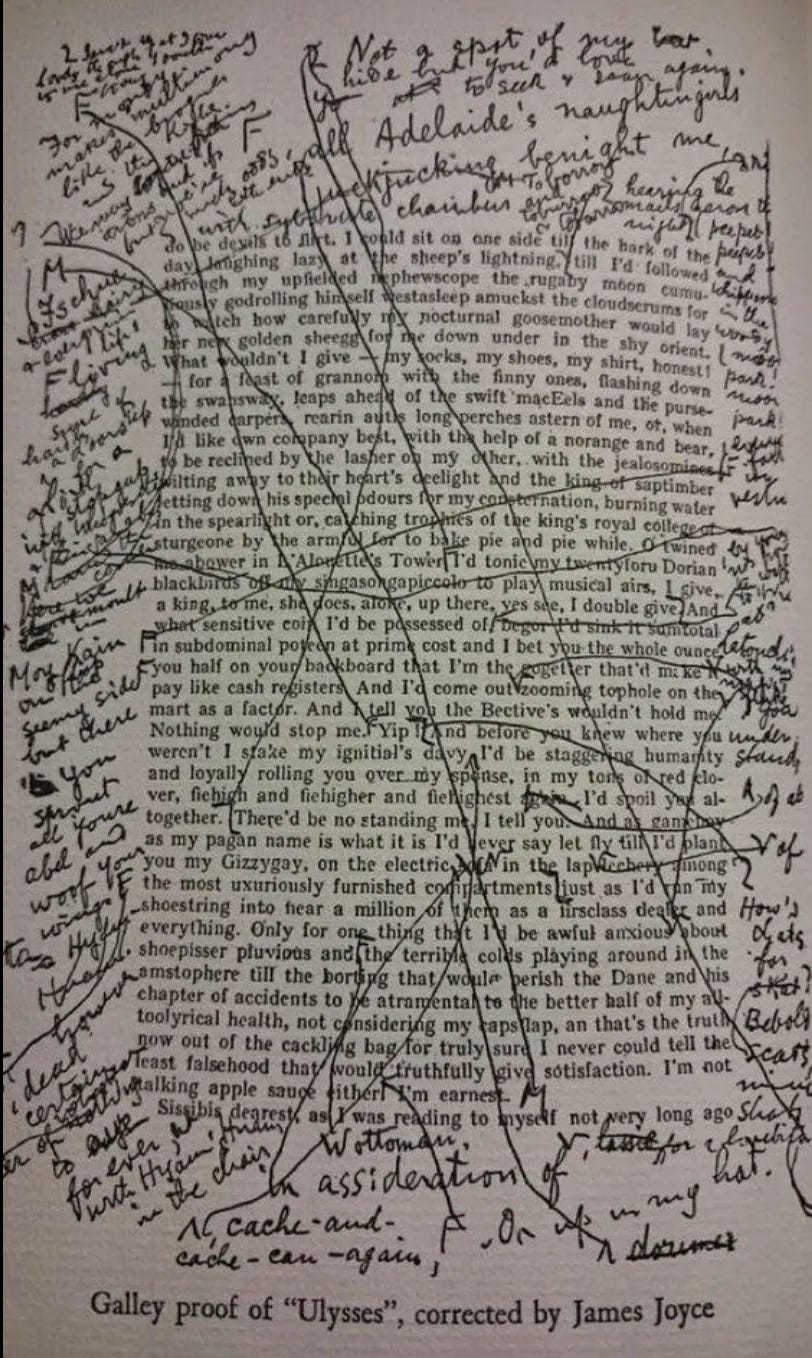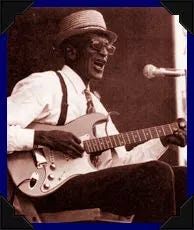Hail The Percussotronist of Andromeda
“I was always puzzled with the way a single day could stretch itself out to the point of eternity in your mind, all while years melted down into the fraction of a second.”―Gloria Naylor
My Dad loved Robert Wise’s 1971 sci-fi film The Andromeda Strain and in the early 80s, when he found out that it was playing at the Academy of Science in Golden Gate Park, he bought two tickets and took me to see it. The film revolves around trying to find the reason behind the mysterious deaths of an entire town (besides the local drunk and a small baby, who miraculously survived). A team of scientists are put together to work underground, in a military bunker/laboratory, to try and solve the mystery as to what happened…what made the blood of the town’s inhabitants turn dusty red…was it a new virus? Was it extraterrestrial?
On the drive over to the museum, my dad gave me some pre-film thoughts…the film might start a little slowly, but was worth staying involved to follow the super-interesting science mixed with race-against-time adventure. He was right, I loved it (and always loved the excursions he planned for the two of us). One of the film’s aspects I loved the most (and my dad agreed) was the crazy other worldly score of electronic noises, soundscapes I had never heard on-screen before: a musical mind expanding masterpiece by a composer named Gil Mellé.
Mellé, it turns out, already had an incredible career trajectory. Mellé started out as a jazz musician and mixed media artist. He signed to Blue Note in the 1950s—at 19 years of age—leading various jazz combos (he was a saxophone player for the most part)…and he designed his own record covers. When other artists saw his cover art, they asked him to design their records, leading him to work with the likes of Thelonious Monk, Miles Davis, and Sonny Rollins. His visual style, using hand drawn surreal images and assorted shaped colors, helped define the look of the jazz movement of the day: the post-world-war-II post-big-band cool-bee-bop modernist era look…the look that had the motion and potential of an Alexander Calder mobile, the abstract expressionistic energy of a Jackson Pollak splattered canvas. While Gil Mellé’s musical output at the time was on the smooth side of the jazz moment…more inspired by the Duke instead of the Bird, his album covers reflected a more cutting edge, trenchant vocabulary.


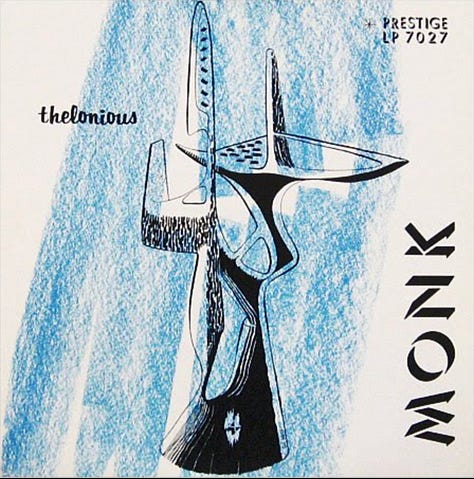
In the 60s Mellé started experimenting with electronic music, even building his own instruments. By 1967 he had created an all-electronic jazz band, Gil Mellé and the Electronauts, who played at the Monterey Jazz Festival. The following year he released the first all-electronic instrument jazz record, Tome IV (check out the crazed side B opening track Man With the Flashlight). At this stage, Mellé had constructed oscillators, reverb chambers and drum machines while experimenting with the electrification of metallic objects to create new auditory devices.



By the time Gil Mellé was asked to create the electronic soundtrack for The Andromeda Strain, he had finished one of his greatest creations, a Percussotron, a circular synthesizer surrounded by a series of small drums that each triggered different sounds (it was, by some accounts, the first drum machine). As demonstrated in a wonderful archival video, Mellé used the Percussotron to create the most alien sounding soundtrack for a film since the use of theremin in The Day The Earth Stood Still. Like Delia Derbyshire and the BBC Radiophonic Workshop and fellow jazz journeyman turned electronic pioneer Raymond Scott, Mellé was revolutionizing the world of music and music scores with a truly unique vision of using the new electronic revolution to boldly paint new sonic environments.
While Mellé was recording the soundtrack to the Andromeda Strain he was also composing and producing the soundtrack to Rod Serling’s new show, The Night Gallery (Serling’s follow up anthology series to The Twilight Zone. WATCH MANY OF THEM HERE). For three seasons Mellé created an incredible body of electronic compositions. Having never been properly released, for years I tried to get the rights to do a huge release pairing of Mellé’s recordings with the haunting paintings that were created as framing images for each episode1.
Gil Mellé became one of the most sought out soundtrack composers of his day. While most of his scores have never been officially released, making his body of work relatively obscure to the modern listener, a deep dive and internet search reveals an artist that experimented and evolved the use of electronics into the sound sculptures he created for film and television. As the years went on, in between projects that were more traditionally orchestral in nature, Mellé would combine strings and woodwinds with his synthesizers and other created instruments, creating a new canvas for the silver screen…often choosing to score sci-fi or horror film where his creations would match the vibe of the director’s vision.
Thanks to the internet, and enthusiasts who are willing to take the time to edit the score section out of films for us to listen to (big thanks to Fish Man who has done an incredible amount of work), we can now hear much of Mellé’s incredible work, like the 1974 score he produced for The Quester Tapes, a post-Star Trek Gene Roddenberry concern, or in that same year the score he made for Killdozer which is a perfect example of how he would weave his electronics into orchestral tracks. Mellé was active for decades, continuing to create well into the 90s, continuing to innovate as the world of electronic music blossomed, as exemplified in 1989’s From The Dead of Night and 1991’s Fire Trapped on the 37th Floor. Often (unfortunately) his scores were the best part of forgettable films and dated made-for-TV movies…once again hiding his legacy.
Even with all his film work, Mellé never stopped creating visual art as well…experimenting with new ways to create via the latest technological offerings, working with pre-ipad and pre-digital pen types of tools, some of which he made…focusing more on that side of his artistry toward the end of the 20th century. In the early aughts, he hosted a website that sold his art while also documenting the scores he had composed, and displaying images of all of the electronic instruments he had created. Gil Mellé was a quiet pioneer, whose body of work showcases an inspired modern artist who was constantly experimenting with the newest technologies, often creating them as he went.
I have been deep-diving into the work of Gil Mellé over the past few days, which started as I came upon a soundtrack he did for The Six Million Dollar Man. The following are some of my favorite musical moments of his that I discovered (besides the ones already mentioned). I am including the name of the film-with a link to his music-along with the sound moments I found most enticing. Many of his films only featured his innovative approach in certain moments (that being said, even his orchestral compositions often had an exciting, daring modern classical feel). Enjoy the brilliance of Gil Mellé:
The Ultimate Warrior (1975)—Best bits from this Yul Brenner vehicle at 2:28-5:36, 17:02-17:20 and 18:37-20:05
The Intruder Within (1981)—Check out Harry Kills and Rampage
Attica (1980)—Morgan Freeman starring historical film of the uprising at Attica only featured a score at the beginning and end…both worth checking out (00:1:43-2:45, 1:34:52- 1:35:45)
Starship Invasions (1977)—The Intro and 20:46-22:50
Embryo (1976)—This part is fantastic: 6:30-8:45
The Dessert (an episode of The Six Million Dollar Man) (1973): 0:50-1:14, 2:32-out
The President’s Plane is Missing (1973)—Electronics woven in throughout.
You’ll Like My Mother (1972)—9:58-12:48 (not as much electronic…smattered…but awesome), 14:30-17:03
World War III (1982)—The best example of a slightly cheesier 80’s-vibe Mellé (still very much worth the listen)
If you want more to listen to, Beekeepers did a medley of their fav. Mellé recordings a few years ago. Just click here.
38 Directors Pick Their Favorite Films of 2023
I missed this one wayyy back in 2023, but some great lists from directors such as Robert Eggers, Karyn Kusama, Bill Hader…..tons of movies I had not heard of….
The Von Trapps might have hated “The Baroness”…the show about them, but one thing they love: cheese. Since 1959 they have made cheese on their farm…I just found out about because the local market now sells it, carrying their “Savage” cheese (which is delicious). As it turns out, over the decades the family business has been less about the sound of music and more about the crafting of incredible fromage. And then there is the story of how my wife was babysat by Maria when a toddler..….
In Japan, ghosts haunt the bathroom: The toilet “is a portal to a mysterious otherworld.”
This article is excellent. Just excellent. Every word: “Even though we generally flush things down, it would not seem surprising for something mysterious to come up through the toilet.” A hand reaching up through the toilet is just one of the possible creep-outs a Japanese bathroom ghost might visit on someone.
The Whitney’s ‘Fragments of a Faith Forgotten’ puts a focus on Harry Smith
It is the last weekend to see the Harry Smith exhibit in NYC. I cannot believe I am going to miss it. WHAT A DRAG. Go see it if you can…and you haven’t yet. GO!
About Face
By: Alice Fulton
Because life’s too short to blush,
I keep my blood tucked in.
I won’t be mortified
by what I drive or the flaccid
vivacity of my last dinner party.
I take my cue from statues posing only
in their shoulder pads of snow: all January
you can see them working on their granite tans.
That I woke at an ungainly hour,
stripped of the merchandise that clothed me,
distilled to pure suchness,
means not enough to anyone for me
to confess. I do not suffer
from the excess of taste
that spells embarrassment:
mothers who find their kids unseemly
in their condom earrings,
girls cringing to think
they could be frumpish as their mothers.
Though the late nonerotic Elvis
in his studded gut of jumpsuit
made everybody squeamish, I admit.
Rule one: the King must not elicit pity.
Was the audience afraid of being tainted
--this might rub off on me--
or were they--surrendering--
what a femme word--feeling
solicitous--glimpsing their fragility
in his reversible purples
and unwholesome goldish chains?
At least embarrassment is not an imitation.
It’s intimacy for beginners,
the orgasm no one cares to fake.
I almost admire it. I almost wrote despise.
~~~~~~~~~~~~~~
There is a damn good chance that today is Sleepy John Estes’ 125th birthday. Why a damn good chance, you ask? Because there are some discrepancies as to the exact year (his gravestone vs his draft card), either 1899 and 1900 . But if it IS 1899…then damn it, we should celebrate…celebrate one of the great pre-war blues musicians….a guy who looked and sounded so old in the early part of his career that most thought he was dead by the time the great blues revival of the 1960s started up. But he wasn’t. No no, he wasn’t. And he started touring and recording once again…recording for the great Delmark label. Jim Dickinson recorded Sleepy John…I actually released a compilation of Jims recordings (Delta X) that contained some prime live Estes.
He was called “Sleepy” because of his propensity to nap (it was rumored he had narcolepsy). But there was nothing sleepy about his playing…his singing, his picking. And if he just wrote Drop Down Mama, a song that is a rite of passage for any Hill Country blues player…from Mississippi Fred McDowell to Big Joe Williams (ok…he was no Hill Country guy) to The North Mississippi All-Stars; it is a house party of a song. HAPPY 125th, Sleepy John.
If anyone out there knows how I can get the rights please drop a line and it is complicated because at this point…supposedly…the only way to get the score is by taking it off of the sound mix tied with the video tape. And then there are rights issues with confused ownership.





